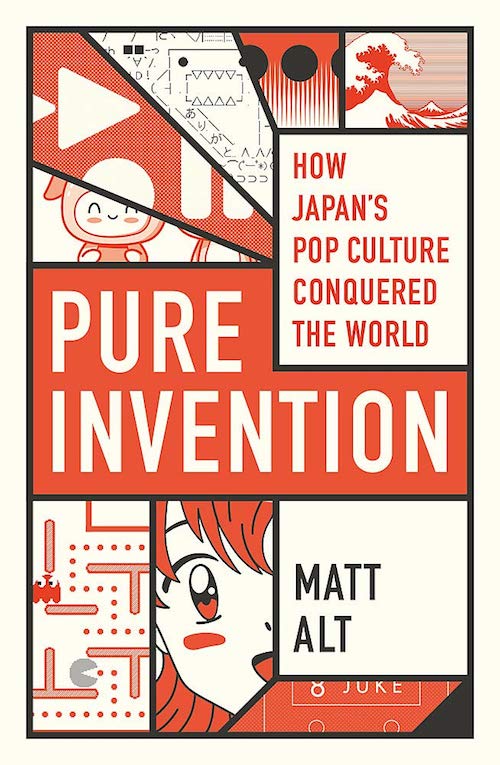
After overseeing the postwar occupation of Japan, General Douglas MacArthur made a blunt assessment of the cultural and emotional state of the defeated people. “If the Anglo-Saxon was, say, 45 years of age in his development, in the sciences, the arts, divinity, culture, the Germans were quite as mature,” said the former Supreme Commander of the Allied Powers. “The Japanese, however, in spite of their antiquity measured by time, were in a very tuitionary condition. Measured by the standards of modern civilization, they would be like a boy of twelve.” The popular mind now remembers MacArthur as having described Japan as “a nation of twelve-year-olds”, and many of the country’s high-profile exports – dizzying video games, trinkets and stationery branded with cartoon animals, cheaply produced comics and animation saturated with sex and violence – would seem to retroactively underscore the general’s perceptiveness.
In the annals of Western accounts of Japan, MacArthur’s pronouncement is not without precedent. “From the earliest days of contact, the effort Japanese devoted to devising toys and games shocked Western observers”, writes Matt Alt in Pure Invention: How Japan’s pop culture conquered the world. “One of the first was the British diplomat Rutherford Alcock, who in 1863 dubbed Japan ‘a paradise of babies’. They were even more shocked by how many of these babies grew into adults who unabashedly continued to enjoy the pleasures of childhood.” From here Alt, an American resident of Japan who has spent nearly two decades professionally “localizing” Japanese culture for Western consumers, goes on to give a history of his adopted homeland through the products it has designed to deliver entertainment – in other words, through its toys.
The most telling early example comes not from the mid-nineteenth century, when Japan re-opened to trade with the world after more than 200 years of isolationist government, but from the devastated years following the Second World War. Gathering discarded food tins and beer cans for metal, a toymaker named Matsuzo Kosuge began to manufacture tiny models of the Allied jeeps that had swept into Japanese cities after V-J Day. Impoverished though they were, the Japanese sensed in those utilitarian military vehicles the same alluring modernity Kosuge had, and from the start the toy jeeps sold more rapidly than they could be manufactured. In the 1950s, exemplifying the apparently infinite Japanese capacity for taking pains, Kosuge brought to market a miniature Cadillac so laboriously detailed that Japanese buyers couldn’t afford them. His real customers, the many Americans with the desire for a Cadillac but not the means to buy a real one, lay on the other side of the Pacific.
Read the whole thing at the Times Literary Supplement.